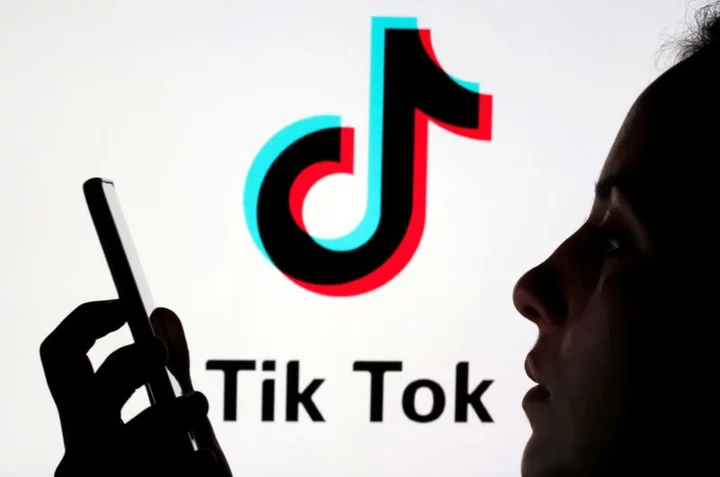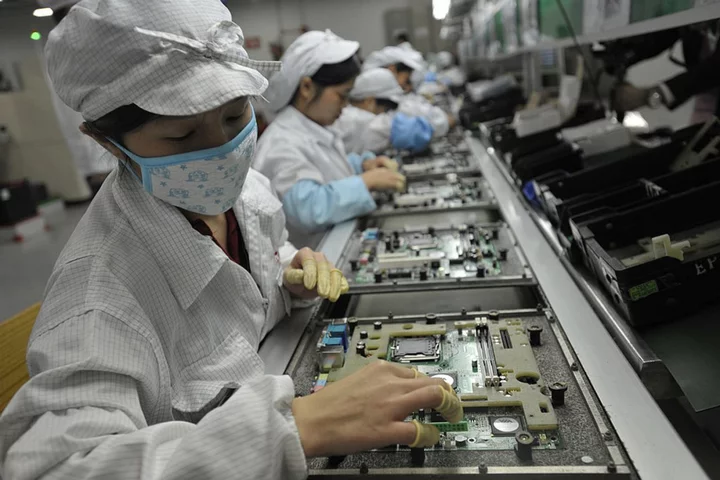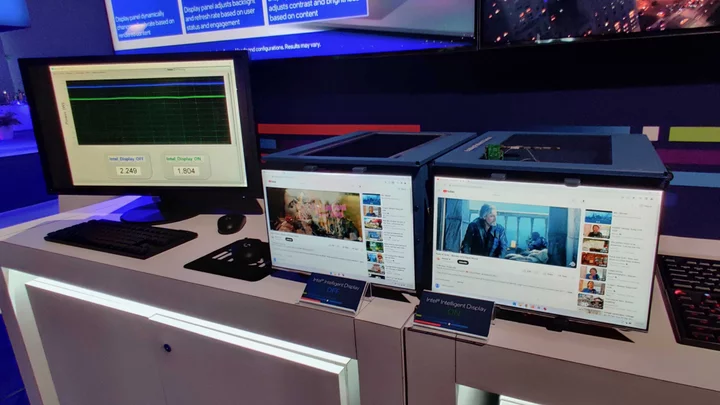
What Was the Average K/D in the Modern Warfare 3 Beta?
Check out the average K/D for the Call of Duty: Modern Warfare 3 beta before the game's full release drops on Friday, Nov. 10, 2023.
2023-10-24 02:26

Daimler Truck sees revenue growing as it focuses on autonomous vehicles
(Reuters) -Daimler Truck expects revenues to grow as much as 60% between 2025 and 2030, top management of the truck
2023-07-12 04:22

Who is Nate Diaz's girlfriend? UFC fighter keeps personal life private but is happy in long-term, steady relationship
Coming from a family of fighters, Diaz rarely discusses his romantic relationship in public
2023-08-05 22:27

The Maize and Blue Embraces Green for the Recycle Bowl Showdown
ANN ARBOR, Mich.--(BUSINESS WIRE)--Sep 18, 2023--
2023-09-19 01:25

Fortnite Eminem Skin Leaked for Fortnite Chapter 4 Live Event
A leaked Fortnite Eminem skin confirmed Slim Shady is coming to the Fortnite Chapter 4 live event, The Big Bang, to perform a possible concert.
2023-11-22 01:20

Selena Gomez wrapped in a blanket has become an instant meme
Selena Gomez is the latest celebrity meme template after an image of her looking cosy in a blanket when viral online. It all started when a photo of the singer and Only Murders in the Building star wrapped in a blanket and as she stared off into the distance in a candid shot that looked both mysterious and dramatic. The snap was shared on the Instagram Story of her friend Dominic J West but soon found its way on social media as it became the new viral meme on X, formerly known as Twitter. The photo below is the one that has everyone meme-ing: Here is a round-up of the best memes: The meme has become so viral that it has managed to reach Gomez who was able to laugh at herself and the different memes from her candid photo - so much so that she even shared some to her Instagram Stories - here are the two she shared: Good to see she's loving the people's creativity with the meme. Elsewhere, 26 of the funniest memes about Trump's latest indictment, the funniest Kane memes as he completes Bayern Munich transfer, and ‘Girl Math’ is the funniest money meme of 2023. Sign up to our free Indy100 weekly newsletter. Have your say in our news democracy. Click the upvote icon at the top of the page to help raise this article through the indy100 rankings.
2023-08-16 18:46

Karpowership Appeals Saldanha Application Extension Refusal
Karpowership, the Turkish company seeking to install ship-mounted power plants in South African ports, is appealing a decision
2023-05-31 18:49

Andrew Tate shares take on gender dynamics, blames females for relationship failures: 'It’s woman’s fault'
According to Andrew Tate, men bring in substantial financial resources, while women are responsible for creating a positive and enjoyable atmosphere
2023-06-08 19:59

Overwatch 2's paid story missions a few seasons off yet
The story missions won't be coming for a while yet.
2023-07-04 21:18

Every AI announcement from the Microsoft Surface event
The Microsoft Surface event on Thursday featured a bevy of artificial intelligence announcements. The company
2023-09-22 01:18

When Does Warzone Fort Resurgence Go Live?
Warzone Fort Resurgence goes live on Wednesday, Sept. 6 at 12 p.m. in the next weekly playlist for Warzone Season 5 Reloaded.
2023-09-01 02:26

US House Republicans raise 'deep concern' on TikTok content decisions
By David Shepardson WASHINGTON (Reuters) -The chair of a U.S. House of Representatives committee on China's Communist Party and other
2023-05-12 03:16
You Might Like...

Twitter Turning Into X Is Set to Kill Billions in Brand Value

Exclusive: 42% of CEOs say AI could destroy humanity in five to ten years

A Rare Shift in Crypto Volatility Offers Ether a Boost Relative to Bitcoin

Lack of ‘Catalyst’ Leaves Crypto Volatility At Multi-Year Lows

iPhone Maker Foxconn Beats Expectations. Apple Stock Edges Higher.

Sleeping with your bedroom door closed is not a good idea according to experts

Live at Bild Expo; Angenieux Announces Long Anticipated EZ-3 Cinema Zoom Lens

New Intel Tech Can Lower a Laptop's Brightness When You're Not Looking
